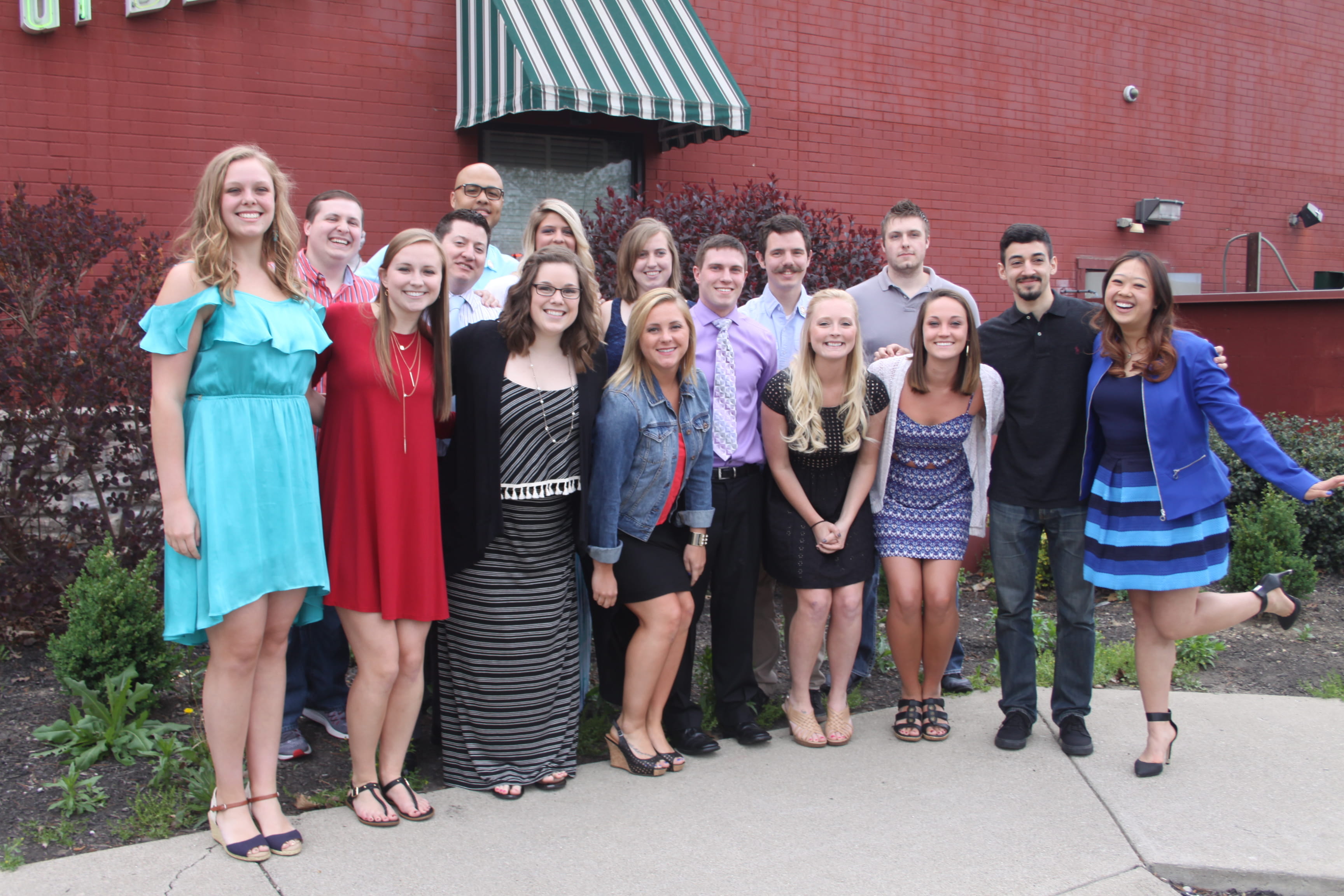
The Radiography, Radiation Therapy, and Diagnostic Medical Sonography programs prepare graduates to work in the challenging health care environment. Most employment sites are hospitals and major medical centers. Often there are also employment opportunities in outpatient clinics and doctor’s office for certain specialties.
The US Department of Labor’s Bureau of Labor Statistics provides valuable information on the future of employment needs for our professions:
Employment of Radiologic Technologists is projected to grow 9% from 2014 to 2024, faster than the average for all occupations. As the population grows older, there will be an increase in medical conditions that require imaging as a tool for making diagnoses.
Explore the different careers, career pathways, learn exactly what R.T.s do, watch videos of R.T.s talk about their careers, and links to related organizations.
Employment of Radiation Therapists is projected to grow 14 percent from 2014 to 2024, much faster than the average for all occupations. The risk of cancer increases as people age, so an aging population may increase demand for radiation therapists.
Employment of Diagnostic Medical Sonographers, including Vascular Technologists, is projected to grow 24 percent from 2014 to 2024, much faster than the average for all occupations. As imaging technology evolves, medical facilities will continue to use ultrasound to replace more invasive, costly procedures.
See more information